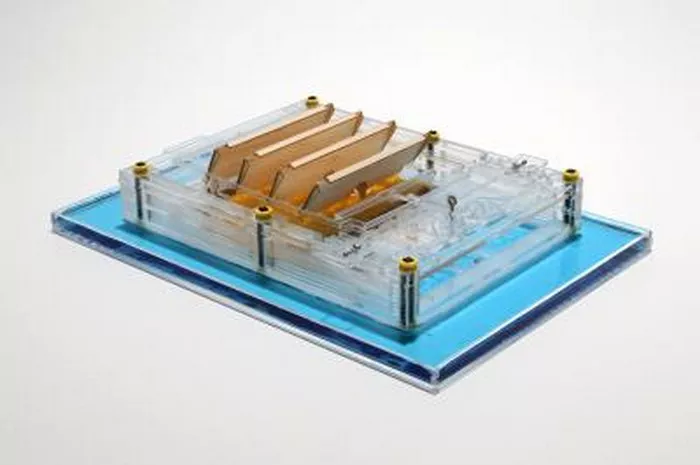A team of researchers has developed a novel electricity generator that harnesses the power of water evaporation to produce usable energy, opening up new possibilities for battery-free, sustainable electronics. Unlike conventional hydrovoltaic systems that rely on mechanical intermediaries, the new device directly converts evaporation energy into electricity, a concept known as “evapolectrics.”
The Science Behind Evapolectrics
The new technology uses a soft, water-retaining gel coupled with a thermoelectric component to generate power. At the core of the device is a porous polyvinyl alcohol (PVA) hydrogel, a material that absorbs and releases water steadily. As the water evaporates from the gel’s surface, it cools, creating a temperature difference between the hydrogel and the base layer. This difference is then converted into electricity by a thermoelectric generator.
Professor Ady Suwardi from The Chinese University of Hong Kong, one of the lead researchers, explained that this system eliminates inefficiencies present in previous hydrovoltaic technologies, which typically relied on mechanical energy conversion. “Our system works by directly converting the energy from evaporation into electricity, bypassing unnecessary steps,” Suwardi said.
Impressive Results Under Realistic Conditions
In experiments, the team found that the evapolectrics generator produced more than three times the power of traditional hydrovoltaic systems. Under realistic conditions—26 degrees Celsius, 40% humidity, and a light breeze—the system generated enough power to run a small liquid-crystal display (LCD), demonstrating its potential for low-power gadgets.
Jing Cao, co-author of the study from the National University of Singapore, pointed out that the system’s efficiency was achieved without relying on extreme conditions, making it suitable for practical use in various environments.
Optimizing the Hydrogel Layer
The key to the device’s success lies in the thickness of the hydrogel layer. Thinner sheets, approximately 0.8 millimeters, were more effective at transferring the cooling effect to the thermoelectric generator, resulting in higher electrical output. In contrast, thicker layers retained more water but reduced the temperature gradient, decreasing the generated voltage.
Researchers believe that further refinements to the hydrogel design and thermoelectric modules could significantly improve the device’s performance. “We see potential for increasing power output by up to five times, or even ten times, with further optimization,” Cao added.
Real-World Applications for Wearable Tech and Beyond
The team envisions significant commercial applications for the technology, especially in wearable devices. Imagine fitness trackers, environmental sensors, or health monitors that run continuously on moisture from the air or even sweat, eliminating the need for batteries. “This could revolutionize the way we power everyday electronics,” Cao suggested.
The researchers are already exploring ways to refine the hydrogel, improve heat sinks, and optimize the thermoelectric components. The study also revealed that varying the PVA concentration had little effect on performance, which could allow for cost-effective, durable gel formulations, facilitating large-scale production.
Looking to the Future
While the technology is still in its early stages, the team is optimistic about its potential. “With further research and development, we could see a significant leap in efficiency, much like what we’ve seen with solar panels,” Cao said. This progress could lead to a future where electronics powered by ambient moisture or perspiration become common, offering a sustainable, battery-free solution for a wide range of applications.
Related topics:

